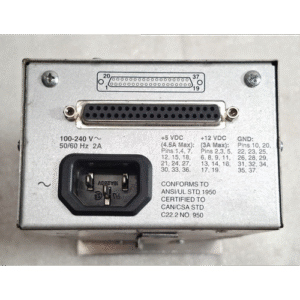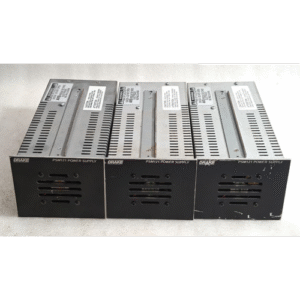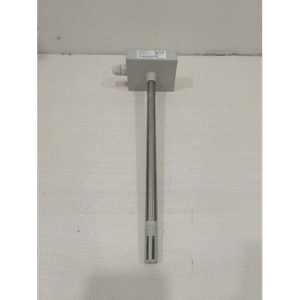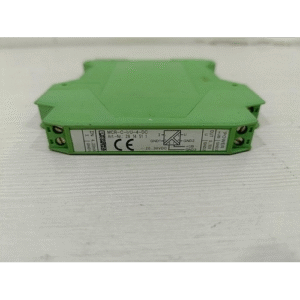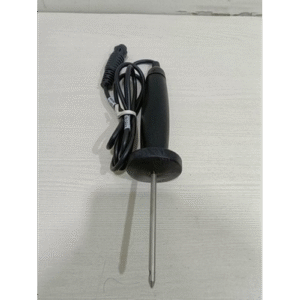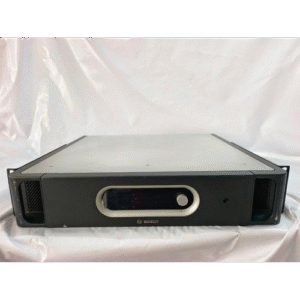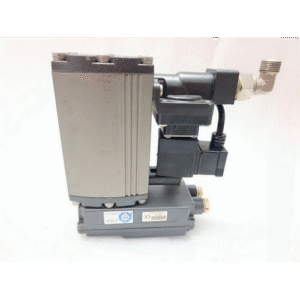- AUTOMATION EQUIPMENT
- ELECTRICAL ITEMS
- AMPLIFIER & UPS
- BATTERY CHARGER & INVERTER
- CIRCUIT BREAKER & BLOCKS
- CONTROL UNIT
- ELECTRIC CONTROLLERS
- FIRE ALARAM SYSTEM
- FUSES & CAPACITOR
- HEADPHONE & SPEAKER
- HMI & DISPLAY
- MISC ELECTRICAL
- PCB
- PLC SYSTEMS
- POWER SUPPLY
- PRINTER & CPU
- RELAY
- SENSORS
- SERVO DRIVES & MOTORS
- TELECOME & COMMUNICATION
- THERMOSTAT
- UNCATEGORIZED
DRAKE PSM121 POWER SUPPLY USED 16:52
$100.00
| Product Conditioned | USED |
|---|
In simple terms, this is a heavy, old-school, high-quality power supply for a specific line of classic Drake ham radios.
If you’re buying it “used,” you’re almost certainly buying a project. It’s built like a tank and was top-of-the-line in its day, but its internal components are ancient and will likely need to be replaced before you can trust it to power your valuable equipment. It’s for collectors and tinkerers, not for someone who just needs to power a modern radio.
Free Shipping apply to all orders over $199
Guaranteed Money Back in 30 days return.
24/7 Customer Support
Share:
Hotline Order:
(+101) 5620 - 8155
Email ID:
xstore@support.com
The Drake PSW-121 (the correct model number, often confused with PSM-121) is a classic, linear power supply designed specifically for Drake amateur radio transceivers from the 1970s and 1980s. Its primary function is to convert standard 110V/220V AC household electricity into stable, regulated 13.8V DC power required to operate ham radio equipment.
The “USED” status means it is not new and its condition is dependent on its history.
Key Features & Specifications
-
Manufacturer: R. L. Drake Company – A highly respected American manufacturer of premium amateur radio equipment, known for its excellent build quality and performance.
-
Model: PSW-121 (This is the almost certain correct model. The “W” denotes a wide-range AC input capability (100-130V, 200-260V). It is commonly paired with iconic radios like the Drake TR-7 and Drake R-7 transceivers.
-
Type: Linear Power Supply. Unlike modern switching power supplies, it uses a large transformer, making it heavy but known for being exceptionally “quiet” (low RF noise), which is desirable for receiving weak signals.
-
DC Output: 13.8 Volts DC (Nominal). This is the standard voltage for mobile/portable radio equipment.
-
Current Rating: Approximately 12-13 Amps continuous (around 15 Amps peak). This is sufficient to power a 100-watt HF transceiver and its accessories.
-
AC Input: Can typically be switched between 120V and 240V AC, making it versatile for use in different countries.
-
Connections:
-
Output: A 3-pin or 4-pin Jones-style plug (or sometimes a 2-pin) that connects directly to the matching Drake transceiver.
-
Accessory Outlets: Often includes one or two 13.8V DC accessory outlets (cigarette lighter style) on the front or rear panel for powering other equipment like a VHF radio or a tuner.
-
-
Protection: Likely includes basic fusing for overload protection.
-
Construction: Built like a tank. It features a heavy-duty steel chassis, a substantial internal transformer, and large heat sinks. This makes it very heavy for its size (likely over 15 lbs / 7 kg).
-
Vintage: 1970s-1980s. This is a vintage piece of equipment.
Important Considerations for a USED Unit
Buying a used piece of vintage electronics like this requires caution:
-
Capacitor Aging: The electrolytic capacitors inside are now 40-50 years old. They are well past their expected lifespan and are prone to failure. A used unit like this will almost certainly need to be recapped (all old capacitors replaced) to perform reliably and safely. This is the most critical point.
-
Unknown History: You don’t know its history. It may have been repaired, modified, or subjected to power surges.
-
Physical Condition: Look for signs of physical damage, rust, or overheating (e.g., darkened areas on the circuit board or chassis).
-
Output Connector: Ensure it has the correct connector for your radio, or be prepared to rewire it. The vintage Jones plugs can be obsolete.
-
Noise: While linear supplies are generally quiet, aging components can sometimes introduce noise.
Who is this for? (Ideal User)
This power supply is not for a beginner or someone who needs plug-and-play reliability. It is for:
-
A vintage ham radio enthusiast who owns a classic Drake transceiver and wants to keep the setup original.
-
A restorer or hobbyist who enjoys working on and repairing old electronics.
-
Someone who needs a very clean, linear power supply and is willing to invest time and money into restoring it to like-new condition.
We're here when you need us
Get a Quick Quote
Complete our online form.
Call US
Speak to one of our team.
Live Chat
Send us a message
Speak to one of our team.











